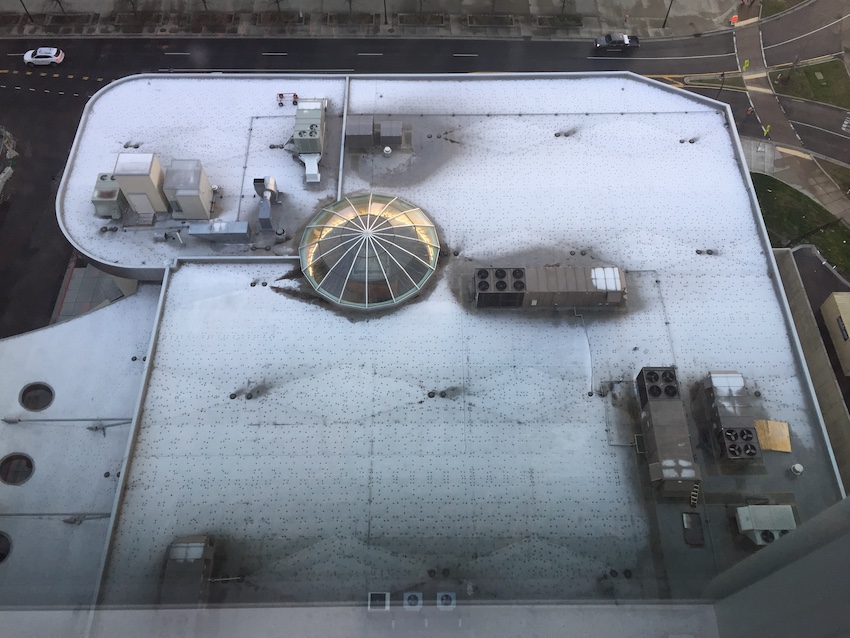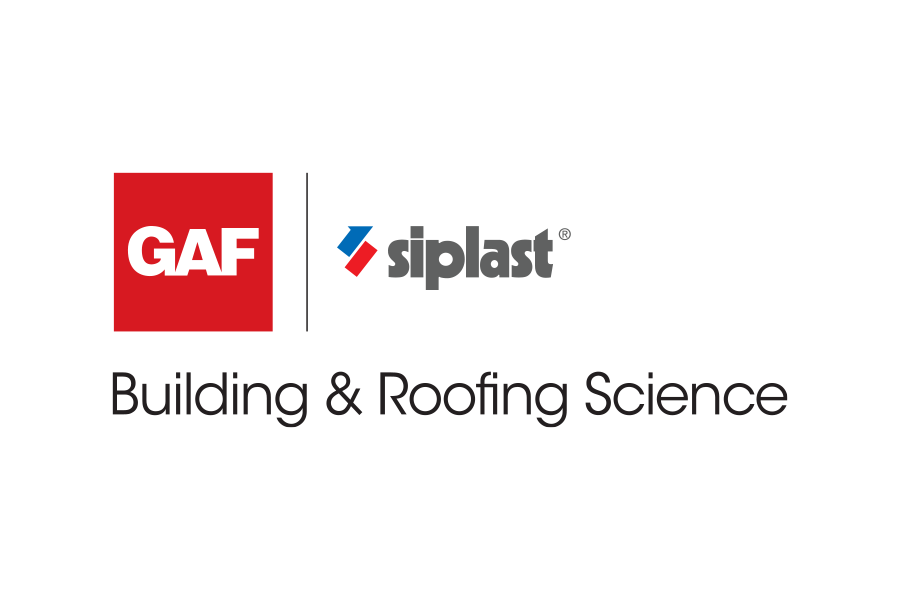R-Value Optimization for Low-Slope Roofs
Are you getting what you paid for?
Sponsored by GAF | Siplast | Presented by Jennifer Keegan and James Kirby
Webinar On-Demand
Low-slope roofing assemblies include a wide range of insulation and membrane attachment methods. Often ignored is the effect of fasteners on the overall R-value of the system. This presentation will discuss R-value differences based on fastener location within the system. There are different initial costs associated with fastening the first layer of insulation and adhering the upper layers versus mechanical attachment of an entire system. Different installation methods also have different thermal performance which affect energy costs over the life of the roof. Multiple roof system attachment methods are analyzed for initial cost, R-value and cost of long-term energy use.


|
Jennifer Keegan is the Director of Building & Roofing Science for GAF, focusing on overall roof system and building envelope performance. Jennifer has over 20 years of experience as a building enclosure consultant specializing in assessment, design and remediation of building enclosure systems. She provides technical leadership within the industry as the Chair of the ASTM D08.22 Roofing and Waterproofing Subcommittee; and as an advocate for women within the industry as the educational chair for National Women in Roofing and a board member of Women in Construction. |

|
Jim Kirby is a Building & Roofing Science Architect for GAF. He has a Masters of Architectural Structures and is a licensed architect. Jim has over 25 years of experience in the roofing industry covering low-slope roof systems, steep-slope roof systems, metal panel roof systems, spray polyurethane foam roof systems, vegetative roof coverings and rooftop photovoltaics. His experience ranges from forensic investigation to technical writing, speaking and education. Jim is a member of AIA, ASTM, ICC, MRCA, NRCA, RCI and the USGBC. |
The Building and Roofing Science team offers regional expert building enclosure collaboration through design, specification, and educational support for customers of GAF and Siplast, both Standard Industries companies. GAF is North America’s largest roofing manufacturer with more homes and businesses in the U.S. protected by a GAF roof than any other product. Siplast, a leader in building enclosure systems, offers a portfolio of advanced, high-performance SBS-modified bitumen, PMMA liquid-applied, PVC KEE, lightweight insulating concrete, wall air & water barrier systems, and amenity/vegetated systems.
Originally published in Security
Originally published in March 2019
LEARNING OBJECTIVES
- Discuss negative effects on the overall R-value of a roof’s insulation layer due to thermal bridging through metal fasteners and plates.
- Recognize there are multiple installation options for securement of the insulation layers within a roof system.
- Identify an initial economic loss due to the reduced insulation value when using metal fasteners and plates.
- Recognize that long-term energy use is directly impacted by the method of attachment used within the roof system.











